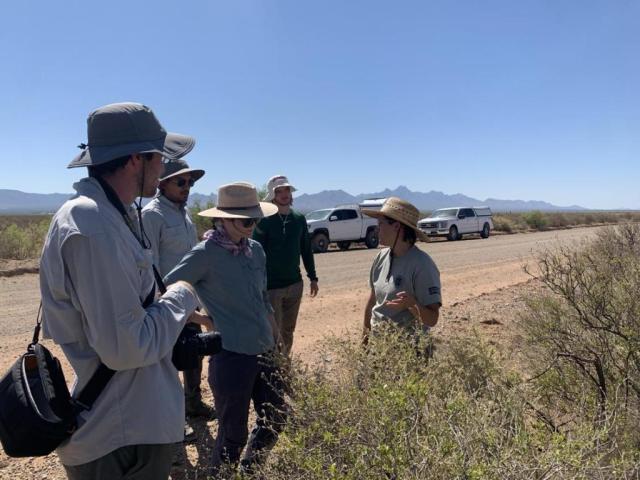Related Stories
- Tackling fire fuels with friends
- A day in the life of a BLM Hobbs Petroleum Engineering Technician
- A former boomtown’s second life as storyteller in New Mexico
- Taos Field Office conducts fish population survey in the Rio Grande del Norte National Monument
- BLM gives presentation at the 30th Meeting of the London Group on Environmental Accounting
Office
1800 Marquess Street
Las Cruces, NM 88005-3371
United States
Phone:
Email:




